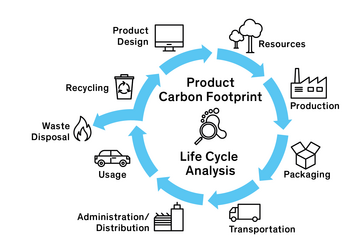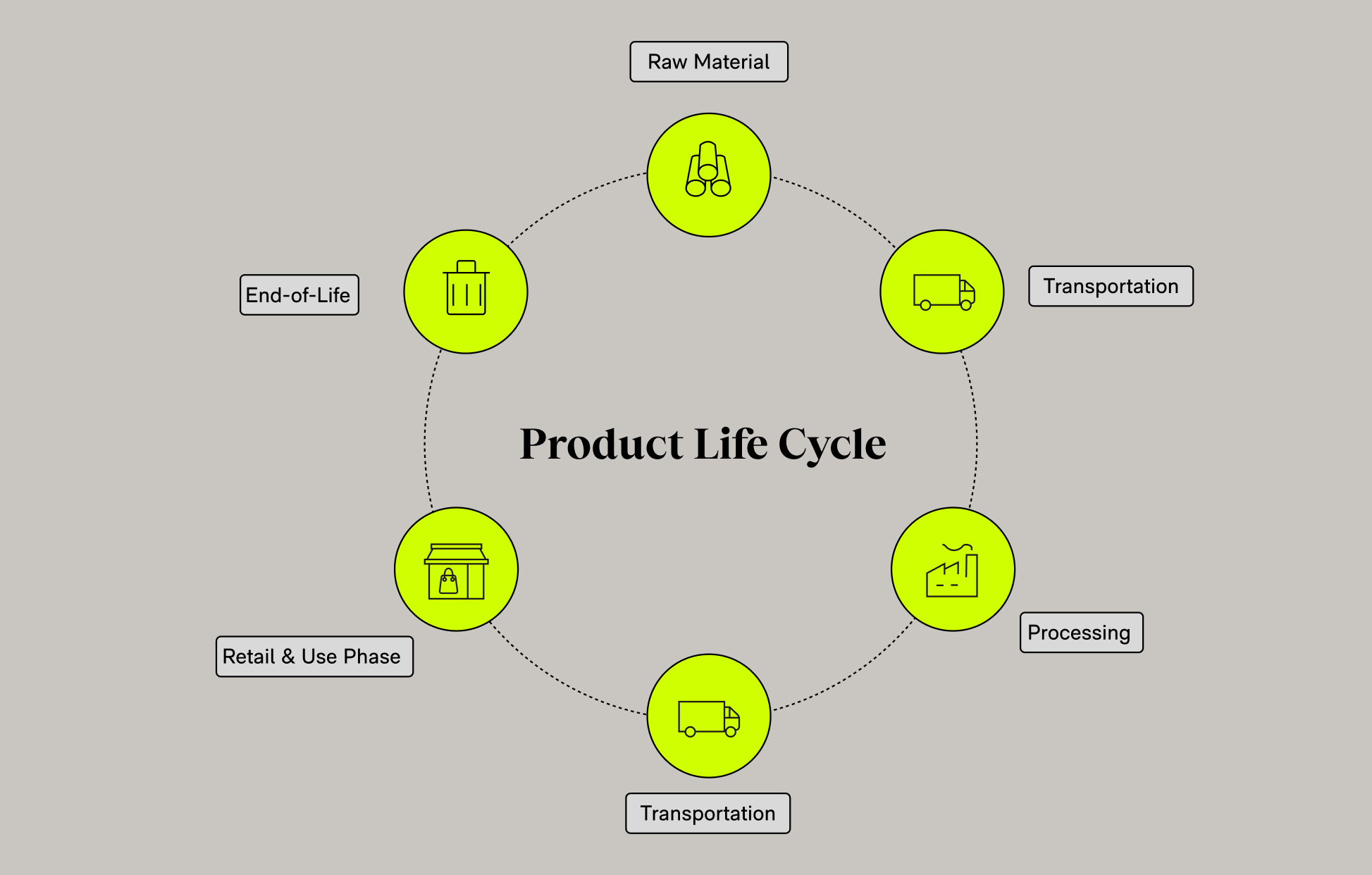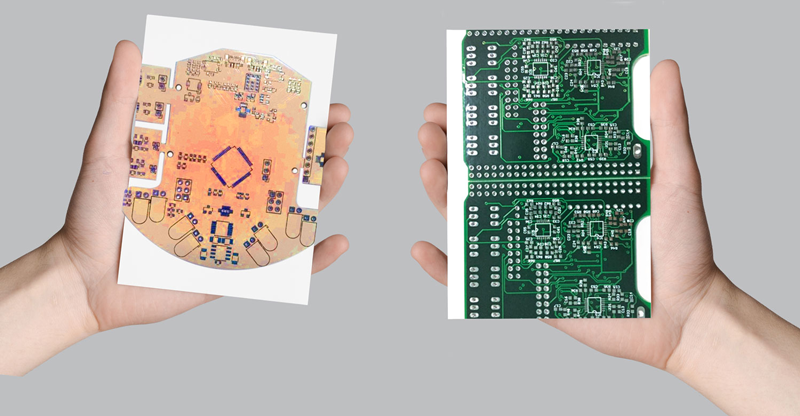In today’s world, sustainability is more important than ever, especially in the electronics industry. One key area of concern is the carbon footprint of printed circuit boards (PCBs), which are the backbone of almost every electronic device. The production, use, and disposal of PCBs contribute significantly to greenhouse gas emissions. However, using recyclable materials in PCB manufacturing can make a big difference in reducing this environmental impact. In this blog, we’ll explore the carbon footprint of PCBs, the role of recyclable materials, and how sustainable practices in electronics manufacturing can pave the way for a greener future.
What Is the Carbon Footprint of PCBs?
The carbon footprint of a PCB refers to the total amount of greenhouse gas emissions, primarily carbon dioxide (CO2), generated throughout its life cycle. This includes raw material extraction, manufacturing, assembly, usage, and end-of-life disposal. PCBs are made from a combination of metals like copper, fiberglass, and epoxy resins, which require energy-intensive processes to produce. According to industry studies, the production of a single square meter of PCB can emit around 60-70 kg of CO2 equivalent, depending on the materials and energy sources used.
Breaking this down, a significant portion of emissions comes from the energy used in manufacturing processes like etching, laminating, and soldering. Additionally, the mining of metals and production of fiberglass contribute to environmental degradation. Once a PCB reaches the end of its life, improper disposal can release harmful chemicals into the environment, further adding to its carbon footprint. Understanding this impact is the first step toward adopting low carbon PCB solutions.

Why Does the PCB Carbon Footprint Matter?
The electronics industry is growing rapidly, with billions of devices produced each year. As demand for PCBs increases, so does their environmental impact. High carbon emissions contribute to climate change, while non-recyclable materials in PCBs often end up in landfills, releasing toxic substances like lead and brominated flame retardants into the soil and water. This makes sustainable electronics manufacturing a critical focus for reducing global environmental harm.
Moreover, regulatory bodies and consumers are pushing for greener practices. Many countries have introduced strict guidelines on electronic waste (e-waste) management, and companies are under pressure to lower their carbon footprints. By addressing the PCB carbon footprint, manufacturers can not only comply with regulations but also build trust with environmentally conscious customers.
Life Cycle Assessment (LCA) of PCBs: Understanding the Full Impact
A Life Cycle Assessment (LCA) for PCBs is a method used to evaluate the environmental impact of a product from cradle to grave. LCA for PCBs typically includes five stages: raw material acquisition, manufacturing, distribution, use, and end-of-life management. Each stage offers opportunities to reduce emissions and improve sustainability.
- Raw Material Acquisition: Mining copper and producing epoxy resins are energy-intensive and generate significant emissions. Using recycled metals and alternative materials can cut down on this impact.
- Manufacturing: This stage accounts for the largest share of emissions due to high energy consumption. Switching to renewable energy sources for production can lower the carbon footprint.
- Distribution: Transporting PCBs across the globe adds to emissions. Local sourcing and optimized logistics can help minimize this.
- Use: While the use phase has a smaller direct impact, energy-efficient designs can reduce overall environmental effects.
- End-of-Life: Proper recycling and disposal methods are crucial to prevent toxic waste and recover valuable materials.
An LCA study can help manufacturers identify high-impact areas and implement changes. For example, adopting low carbon PCB designs with fewer layers or optimizing copper usage can reduce material needs and energy consumption during production.

How Recyclable PCB Materials Can Reduce Carbon Footprint
Traditional PCBs are made from materials like FR-4, a composite of fiberglass and epoxy resin, which is difficult to recycle due to its complex structure. However, advancements in recyclable PCB materials are changing the game. These materials are designed to be broken down and reused, reducing waste and the need for virgin resources.
One promising development is the use of biodegradable substrates. For instance, some innovative materials can dissolve in water under specific conditions, allowing components to be separated and recycled with minimal energy. Studies suggest that such materials can reduce carbon emissions by up to 60% compared to conventional substrates. Additionally, using recycled copper and other metals can lower the environmental cost of raw material extraction.
Plant-based fibers and halogen-free polymers are also gaining traction as alternatives to traditional materials. These options not only reduce toxicity but also make recycling easier. By integrating recyclable PCB materials into production, manufacturers can significantly cut down on e-waste and contribute to sustainable electronics manufacturing.

Benefits of Low Carbon PCB Manufacturing
Adopting low carbon PCB practices offers multiple benefits beyond just reducing emissions. Here are some key advantages:
- Cost Savings: Using recycled materials and energy-efficient processes can lower production costs over time. For instance, recycling copper from old PCBs can reduce the need for expensive mining operations.
- Regulatory Compliance: Many regions have strict e-waste and emissions regulations. Sustainable practices help manufacturers avoid fines and penalties.
- Brand Reputation: Companies that prioritize sustainability often gain favor with eco-conscious consumers and partners, enhancing their market position.
- Resource Conservation: Recycling materials reduces the demand for finite resources like copper and rare earth metals, ensuring long-term availability.
By focusing on low carbon PCB solutions, manufacturers can align with global goals like net-zero emissions while maintaining profitability.
Challenges in Adopting Recyclable Materials for PCBs
While the benefits are clear, transitioning to recyclable PCB materials and sustainable practices comes with challenges. One major hurdle is the performance of alternative materials. Some biodegradable substrates may not yet match the durability or thermal resistance of traditional options, which can limit their use in high-performance applications.
Cost is another concern. Developing and implementing new materials often requires significant upfront investment in research, equipment, and training. Smaller manufacturers may struggle to adopt these changes without financial support or incentives. Additionally, the recycling infrastructure for PCBs is still underdeveloped in many regions, making it difficult to recover materials efficiently.
Despite these challenges, ongoing research and industry collaboration are helping to overcome barriers. Governments and organizations are also offering grants and programs to support sustainable electronics manufacturing, making it easier for companies to transition.
Steps Toward Sustainable Electronics Manufacturing
Achieving sustainability in PCB production requires a multi-faceted approach. Here are actionable steps manufacturers can take to reduce their PCB carbon footprint:
- Use Renewable Energy: Powering manufacturing facilities with solar or wind energy can significantly cut emissions. For example, a factory running on 100% renewable energy could reduce its carbon output by 30-40%.
- Optimize Designs: Simplifying PCB designs to use fewer materials and layers can lower resource consumption and energy needs during production.
- Invest in Recycling Programs: Partnering with recycling firms to recover materials from old PCBs ensures a circular supply chain.
- Adopt Green Materials: Gradually replace traditional substrates with recyclable or biodegradable alternatives as technology improves.
- Educate Stakeholders: Train employees and inform customers about the importance of sustainability to build a culture of environmental responsibility.
These steps, when implemented effectively, can transform the industry and make sustainable electronics manufacturing a reality.
Case Studies: Success Stories in Low Carbon PCB Production
While specific company names are not mentioned, several manufacturers have successfully reduced their PCB carbon footprint through innovative practices. One example is a large-scale producer that switched to a biodegradable substrate for low-power applications. This change resulted in a 50% reduction in end-of-life waste and a 20% decrease in overall emissions.
Another case involves a facility that adopted a closed-loop recycling system. By recovering copper and other metals from discarded boards, they reduced raw material costs by 15% while minimizing landfill waste. These examples show that sustainable practices are not only feasible but also beneficial for both the environment and the bottom line.
The Future of Sustainable PCB Manufacturing
The future of PCB production lies in circularity, where materials are reused and waste is minimized. Advances in material science are paving the way for fully recyclable PCBs that maintain high performance. Additionally, digital tools like simulation software can help engineers design boards with minimal environmental impact by optimizing layouts and material usage.
Collaboration across the industry is also crucial. By sharing knowledge and resources, manufacturers can accelerate the adoption of low carbon PCB solutions. Governments and organizations must continue to support these efforts through policies and funding to ensure a smoother transition to sustainable electronics manufacturing.
Conclusion: Making a Difference with Recyclable PCB Materials
The carbon footprint of PCBs is a significant challenge for the electronics industry, but recyclable materials offer a powerful solution. By adopting sustainable practices, using biodegradable substrates, and focusing on life cycle assessments, manufacturers can reduce emissions, conserve resources, and meet regulatory demands. The journey toward low carbon PCB production may have obstacles, but the benefits—both environmental and economic—are worth the effort. Together, we can build a future where electronics and sustainability go hand in hand.
At ALLPCB, we are committed to supporting sustainable electronics manufacturing through innovative solutions and high-quality services. Let’s work together to create a greener, more responsible industry.
 ALLPCB
ALLPCB







